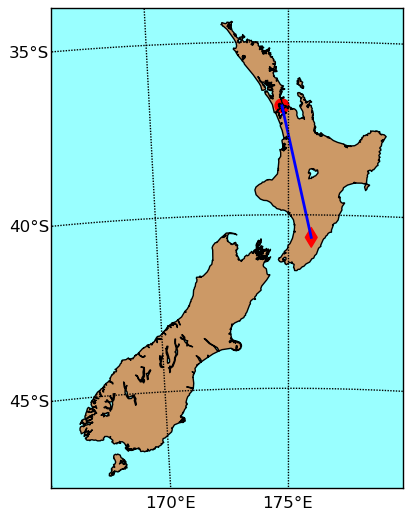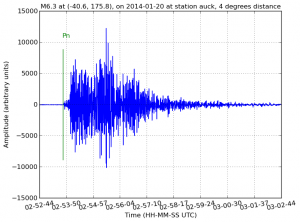As 21st century researchers, we have access to a tremendous amount of software to practice our trade. In fact, it seems every day new software appears (and some old favourites go out of style, or cease to be supported). Below is a list of my personal favourites. The common thread here is that these are all open-source software. The reason for this is that open-source software is community supported (and often community-built). There is no messing around with the license files, there are no black-box results (you have the source code) and even if your institution could afford the commercial programme, maybe your collaborators cannot. Or you can’t run it on your computer at home. By the way, while I shortly will advocate for the linux computer operating system, the software we list is all platform independent.
- Our operating system of choice is linux. While there is still a bit of a learning curve, installing and learning linux these days is easy. Certainly easier than it was! As is maintenance and upgrading with tools such as apt-get and dnf. There are many flavours of linux, and the differences are really not that great. Within linux, emacs is my personal favorite text editor, but there are plenty of other good ones. Gone are the days of straight-up vi!
- Our computer programs are in python, using scipy and numpy. Python is growing so fast that every time I look, there is another new part to python that makes the life of a researcher easier. Processing seismic data was done in SAC or Seismic Unix, but now there is obspy. Making maps without the commercial GIS software required Generic Mapping Tools, but now python with matplotlib, basemap and cartopy ensure vectorised figures and maps. In experiments, we control the hardware in our lab with python. Commercial options such as Labview and matlab are simply obsolete.
- Document processing is done in LaTeX. You can spot a LaTeX document from a mile away by its beautiful layout, fonts, figures, and maybe most importantly: its equations. Figure labels, section headings, equation numbers are all dynamically linked, making editing a breeze. With only a few lines difference, you can turn a paper into a presentation or a poster, too. Libreoffice, which used to be openoffice, is not bad, but often does not map one-to-one between commercial versions of Word.
- We draw in inkscape. I love all the vectorized plotting options, and LaTeX implementations with pdf outputs. Wow! Even an awful drawer like me can make something look decent.
- We tinker with arduino. Projects on school seismometers and a so-called bat-hat for a local museum rely on the wonderful open-hardware that is arduino. We foresee arduinos taking over simple lab tasks in the near future.


